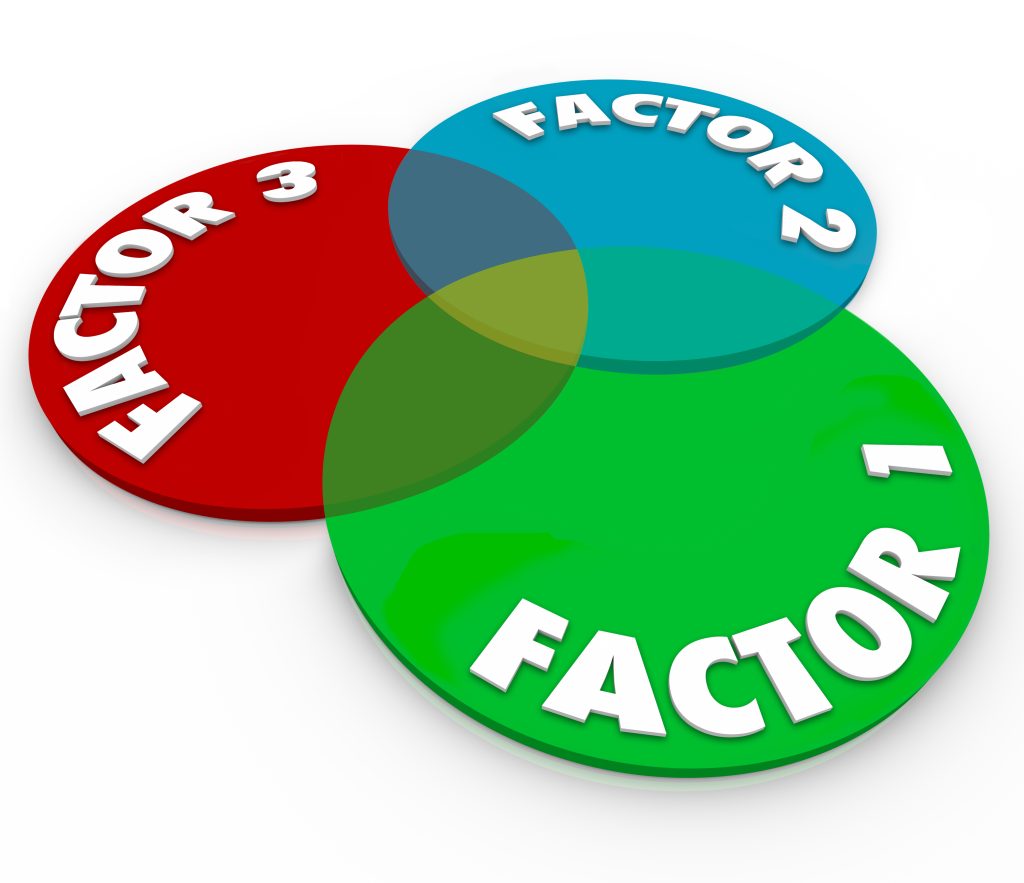“Understanding the requirements and advantages of both patents and trade secrets helps companies make informed decisions on how best to protect their IP, while ensuring that companies can have a competitive advantage with enforceable IP.”
 Patents and trade secrets are both valuable assets that companies can utilize to protect their innovations and establish competitive advantages in the market. Strategic IP portfolio development and management leverages both patents and trade secrets where they are most effective with the goal of maximizing protection while minimizing costs.
Patents and trade secrets are both valuable assets that companies can utilize to protect their innovations and establish competitive advantages in the market. Strategic IP portfolio development and management leverages both patents and trade secrets where they are most effective with the goal of maximizing protection while minimizing costs.
A patent allows a patent holder to restrict others from at least making, using or selling the patented invention for roughly 20 years, even if the invention is subsequently independently developed by others. Patents go through a rigorous examination process to determine if the invention covered by the patent is novel and not obvious and as a result, can typically take a few years to grant (although prioritized examination can reduce that time to less than a year). Lastly, patents are relatively expensive to obtain, particularly when protection is sought in multiple international jurisdictions.
Trade secrets protect confidential information (e.g., composition, formula, pattern, compilation (for example, a customer lists or confidential sales information), program, device, method, technique, or process, etc.) for as long as the confidential information is properly kept secret. In other words, trade secrets can be enforced indefinitely, unlike patents with their limited terms. However, a trade secret can only be enforced where the confidential information protected by the trade secret is misappropriated, as opposed to being reverse engineered or otherwise independently obtained. Although there is no formal registration process for confidential information to acquire and maintain trade secret status, companies must take reasonable measures to keep the confidential information secret, which can include marking the information as confidential, restricting access to and maintaining logs of access to the confidential information, setting passwords, and so forth. The company’s mere desire or intent to keep information a secret is not enough.
A threshold inquiry in determining whether to pursue patent protection or maintain information as a trade secret involves a careful analysis of the company’s business goals and its competitive landscape. A company’s competitive landscape includes identifying competitors, evaluating their IP strategies, the strength of their IP portfolios, and their litigation profiles. By evaluating the company’s competitive landscape, a company can gauge how crowded the space is from a patent perspective and refine its IP strategy based on potential competitive threats. For example, where a company’s competitors have strong or growing patent portfolios, it may make sense to file patents more aggressively to ensure that the company can block others from encroaching on its space and to deter lawsuits from them. However, if the company is operating in an industry where patents are not aggressively sought, the company can take a more conservative approach to patent filings and rely on trade secrets to protect some of their intellectual property. There are four key factors that can help companies to decide whether to protect innovations using patents or as trade secrets.
1. Criticality
Patents are useful to the extent they can prevent competitors from offering valuable features. An invention is considered critical if it provides the company a competitive edge against other players in the market. By patenting such a feature, a company can prevent its competitors from offering that feature. For instance, an invention that increases adoption, increases the safety profile, improves the performance or durability of an offering can be considered a critical invention. However, if there are practical alternative approaches (“design-arounds”) to the invention, the invention may not be as critical and, therefore, may not provide the same value as a patent that covers an invention that cannot practically or reasonably be designed around.
2. Ability to Reverse Engineer
Trade secret protection is not useful for innovations that can be reverse engineered (or otherwise independently developed). Reverse engineering analysis often involves “working backwards” through the technology (software, devices, etc.) to understand how different components work together and perform their functions. While certain technologies, such as formulas or compositions, may be unlikely to be successfully reverse engineered, others may be relatively simple to reverse engineer, such as by taking apart a product or testing the output of a software by varying inputs. The easier it is to reverse engineer an innovation, the less value there is in keeping the innovation as a trade secret, since others could independently discover the trade secret. As such, patent protection is more appropriate for these innovations. Conversely, where it is harder to reverse engineer the innovation, trade secret protection becomes more valuable.
3. Detectability
To enforce a patent against a competitor, a company must demonstrate that the competitor infringes every element of at least one claim in the patent. As such, the harder it is to discern that a competing product or process includes a particular element recited in a claim, the harder it will be to successfully enforce that claim. Consequently, an up-front analysis of the intended scope of protection will result in patents that are more likely to be successfully asserted. Inventions that are directed towards front-end features that are easily detectable should be protected via patents but inventions covering back-end functionality (e.g., internal processing or procedures) which are not accessible by end users or competitors require an evaluation of whether the invention can be detected through reasonable efforts and the ability to keep the innovation secret.
4. Difficulty in Keeping Secret
The relative difficulty to keep an invention secret is an important factor in considering how best to protect the invention. In short, confidentiality is key. To assess the relative ease or difficulty in maintaining an invention as a trade secret, a company should consider the nature of the information (e.g., formula, manufacturing process, customer list, etc.), the types of measures required to keep the invention secret, the number of employees that require access to the invention to perform their duties, and the sophistication and flight risk of the employees requiring or having access to the information. Using these factors, a company can determine whether it is feasible to maintain the invention as a trade secret or whether to consider an alternate form of protection.
When evaluating the types of measures required to keep the invention secret, companies should assess the costs and practicalities associated with doing so, including the cost of establishing a process for keeping the information confidential, training employees who have access to the information on their duty to maintain the information confidential, monitoring access and departures of employees who have or had access to the information, and putting systems in place that log and track access to the information, among others.
How to Decide
Understanding the requirements and advantages of both patents and trade secrets helps companies make informed decisions on how best to protect their IP, while ensuring that companies can have a competitive advantage with enforceable IP. Although this article provides a framework for deciding whether to protect inventions through patent filings or maintaining trade secrets, the answer can be both. In other words, the decision is not always mutually exclusive. Most inventions typically will include certain information that can be kept as a trade secret without compromising the company’s ability to get a patent on the invention. For example, a manufacturing company may decide to get a patent on a manufacturing process, while keeping a specific material, component or process parameter used in that process (or manufactured by that process) a trade secret.
Although this article focuses on four factors, every company should make decisions on the type of protection to obtain taking into account company-specific considerations, such as industry value in patent protection and the eventual scope of protection a patent may offer, as well as issues relating to enforceability of the patents and the relative cost in pursuing patent protection versus maintaining trade secrets.
 The table above provides a starting point for scoring the factors to decide which form of protection is best suited for a particular innovation. The scoring is arranged so that relatively higher scores point towards patent protection, while relatively lower scores point towards trade secret protection. Companies should customize the possible scores for each factor and cutoff value between patents/trade secrets to be consistent with overall goals and resource allocation for IP protection, and reevaluate the scoring on an ongoing basis as these considerations evolve.
The table above provides a starting point for scoring the factors to decide which form of protection is best suited for a particular innovation. The scoring is arranged so that relatively higher scores point towards patent protection, while relatively lower scores point towards trade secret protection. Companies should customize the possible scores for each factor and cutoff value between patents/trade secrets to be consistent with overall goals and resource allocation for IP protection, and reevaluate the scoring on an ongoing basis as these considerations evolve.
Image Source: Deposit Photos
Image ID:90320770
Copyright:iqoncept

![[IPWatchdog Logo]](https://ipwatchdog.com/wp-content/themes/IPWatchdog%20-%202023/assets/images/temp/logo-small@2x.png)



![[Advertisement]](https://ipwatchdog.com/wp-content/uploads/2024/04/UnitedLex-May-2-2024-sidebar-700x500-1.jpg)
![[Advertisement]](https://ipwatchdog.com/wp-content/uploads/2024/04/Artificial-Intelligence-2024-REPLAY-sidebar-700x500-corrected.jpg)
![[Advertisement]](https://ipwatchdog.com/wp-content/uploads/2024/04/Patent-Litigation-Masters-2024-sidebar-700x500-1.jpg)

![[Advertisement]](https://ipwatchdog.com/wp-content/uploads/2021/12/WEBINAR-336-x-280-px.png)
![[Advertisement]](https://ipwatchdog.com/wp-content/uploads/2021/12/2021-Patent-Practice-on-Demand-recorded-Feb-2021-336-x-280.jpg)
![[Advertisement]](https://ipwatchdog.com/wp-content/uploads/2021/12/Ad-4-The-Invent-Patent-System™.png)






Join the Discussion
2 comments so far.
Stuart King
March 2, 2022 05:08 pmThe eventual scope of protection the patent offers (which was mentioned in the article) seems to address that – although it is so hard to really know what claims will eventually get allowed. Oftentimes, criticality means the same thing, even if patent coverage is narrow but covers that specific feature (and design arounds are not as practical), that may warrant a patent filing.
PatentlyStupid
February 25, 2022 01:19 pmYou should also consider patentability. If you attempt to patent something and cannot secure a patent, and it publishes, you have forfeited your trade secret rights.